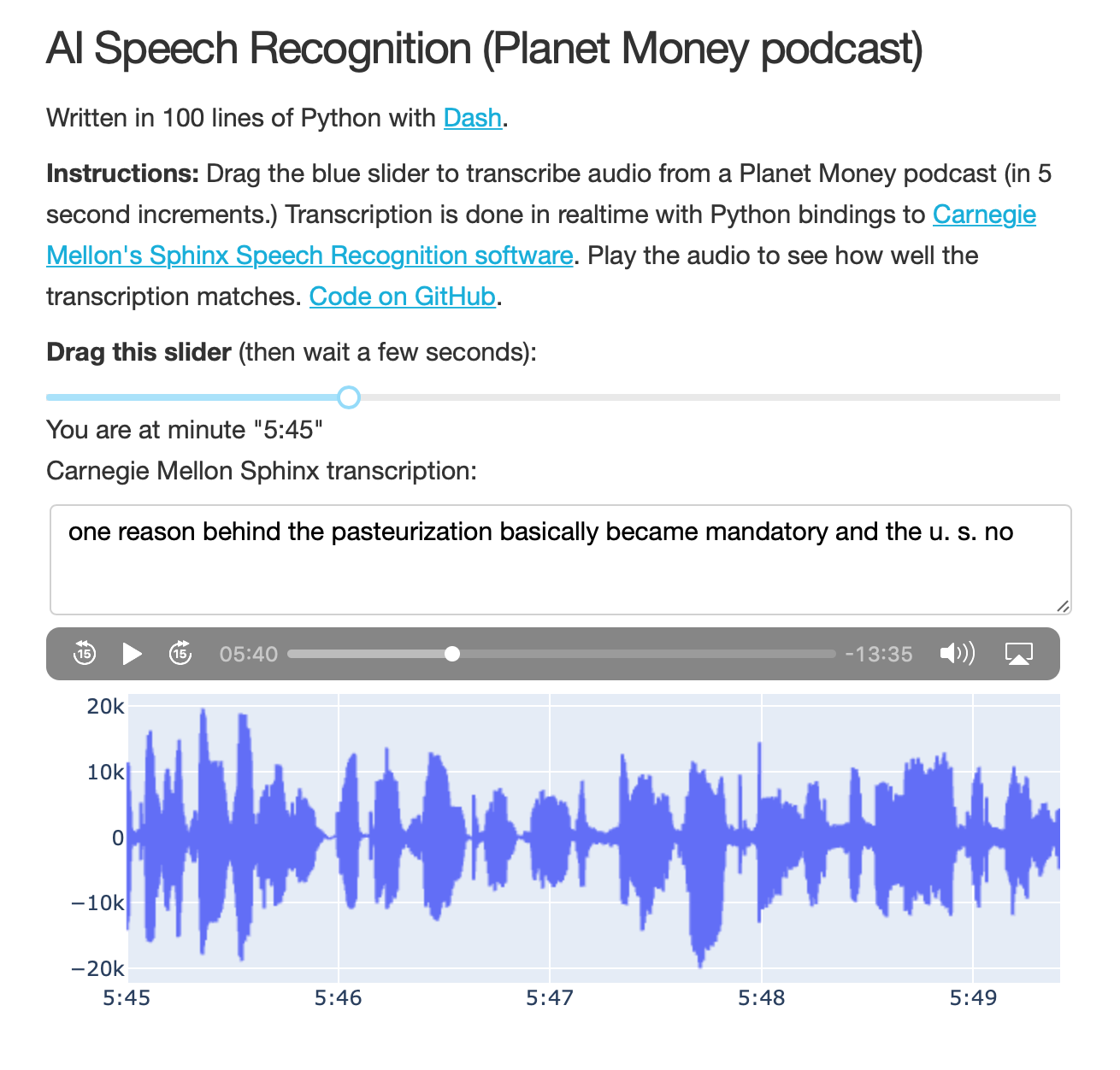

We will then use this as the core when we implement our own speech-to-text model from scratch in Python. So in this article, I will walk you through the basics of speech recognition systems (AKA an introduction to signal processing).

It’s a fascinating concept and one I wanted to share with all of you. I have personally researched quite a bit on this topic as I wanted to understand how I could build my own speech-to-text model using my Python and deep learning skills. The semantics might vary from company to company, but the overall idea remains the same. The same speech-to-text concept is used in all the other popular speech recognition technologies out there, such as Amazon’s Alexa, Apple’s Siri, and so on. Google uses a mix of deep learning and Natural Language Processing (NLP) techniques to parse through our query, retrieve the answer and present it in the form of both audio and text. This is where the beauty of speech-to-text models comes in. A win-win for everyone! But how does Google understand what I’m saying? And how does Google’s system convert my query into text on my phone’s screen? It saves me a ton of time and I can quickly glance at my screen and get back to work. I simply ask the question – and Google lays out the entire weather pattern for me. I can’t remember the last time I took the time to type out the entire query on Google Search. This will sound familiar to anyone who has owned a smartphone in the last decade. We will use a real-world dataset and build this speech-to-text model so get ready to use your Python skills!.The ability to weave deep learning skills with NLP is a coveted one in the industry add this to your skillset today.
Python speech to text how to#


 0 kommentar(er)
0 kommentar(er)
